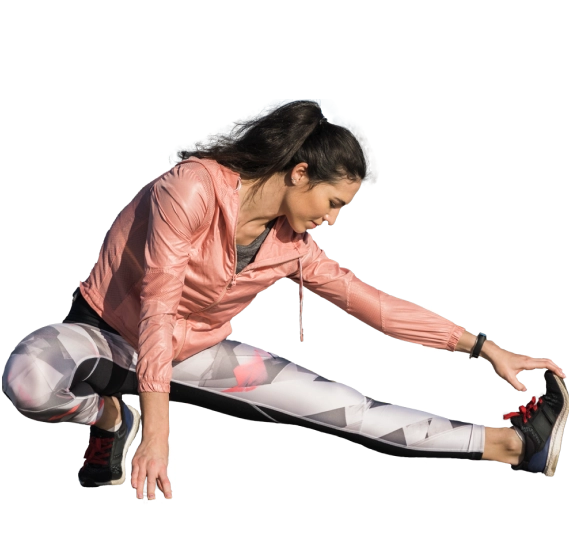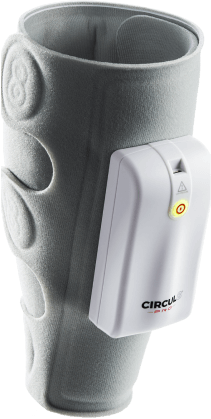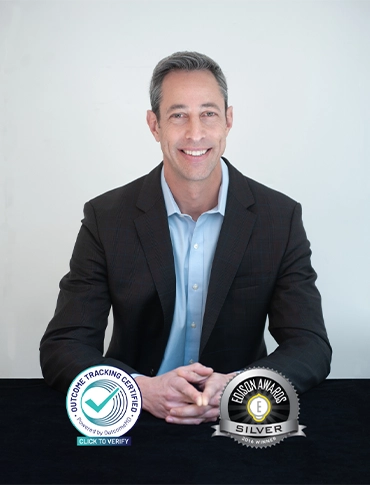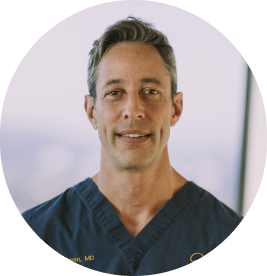POST-SURGERY
INSTRUCTIONS
Helping you navigate your postoperative course
By Dr. Justin Saliman

Surgical Wound Care

A plastic surgery closure is performed, therefore there are no staples/sutures to be
removed.
A waterproof dressing is placed
so you may shower immediately.
Remove the ACE bandage the day after surgery
How to use the Knee Brace
Note: If you did NOT wake up with a brace on your knee, then you can disregard this section.
Many meniscus repairs require use of a brace for 6 weeks to
protect the sewn tissues as they heal.
Aftercare:
- You may unlock the brace and bend the knee to 90 degrees when it is comfortable to do so. There is no immediate rush, but by 6 weeks postop you s you should I be able bend to 90 degrees comfortably.
- You may place weight on your operative leg with the brace locked in extension (0 degrees)
- You ARE NOT to put weight on the leg when it is bent to avoid compromising the surgical repair. (i.e don’t put weight across your knee when getting into and out of a seated position, getting into and out of a car, etc.)
- When showering it’s ok to stand and put your weight on your leg while it’s straight. You do NOT need to use the brace in the shower, just be careful.
About the GekoTM
You may wake up from surgery with a GekoTM device on your operative leg.
This is a neuromuscular electrostimulation device that aims to reduce the risk of DVT.
It can be removed after 24 hours.

What does the geko™ device do?
The geko™ device increases arterial, venous and microcirculatory blood flow in the lower limbs. The FDA approved use is for:
- Increasing local blood circulation
- Immediate post-surgical stimulation of the calf muscles to prevent blood clots
- Stimulation of the calf muscles to prevent venous thrombosis in non-surgical patients at risk for venous thromboembolism
- Edema reduction
About the Circul8Pro portable SCDs
(sequential compression devices)

You will wake up with this device on your nonoperative leg and be sent home with the other one.
When sedentary (watching a movie or sleeping) you can take the brace off and place this device on your operative leg calf for the initial 4 days after surgery. You will also continue to wear the device on the non-operative leg at this time as well.
What do the Circul8Pro portable SCDs do?
These devices squeeze the calf muscles and stimulate blood flow in the extremities aiding in the prevention of DVT (or blood clots).
Medications
You are not required to take any medications after surgery.
That said, you were prescribed 3 medications to help make you comfortable after surgery:
- Tramadol: pain medication
- Colace: stool softener (to treat constipation which can happen if you take the Tramadol)
Isometric Exercises
To avoid losing muscle strength, perform isometric exercises as frequently as possible (i.e. when watching TV, reading a book, relaxing, etc.
Rehab Protocol
Depending on the type of surgery, you will most likely need a rehab protocol for your recovery.
The right Protocol for your case will be emailed to you after your first postoperative appointment.
Physical Therapy
Meniscus repair
You will start physical therapy
6 weeks after surgery.
The script will be emailed to you after the first postoperative appointment.
Meniscus repair + MISHA
You will start physical therapy within one week of surgery.
The script will be given to you
before surgery.
Postoperative Appointments

- You will meet with Dr. Saliman 1 week following surgery via Zoom or in person.
- At this session, we will discuss the surgery, review the intra-operative imaging, and answer any questions you have.
- You will meet with Dr. Saliman again at the 3 month postoperative mark (after you’ve completed 6 weeks of therapy)
- If you need anything from him in the interim he is available
 +1(310)7035819
+1(310)7035819





